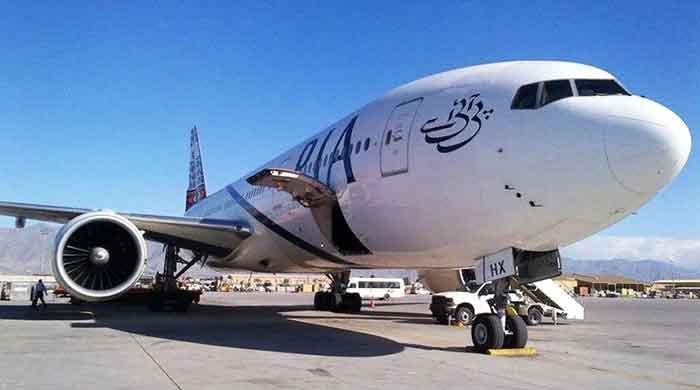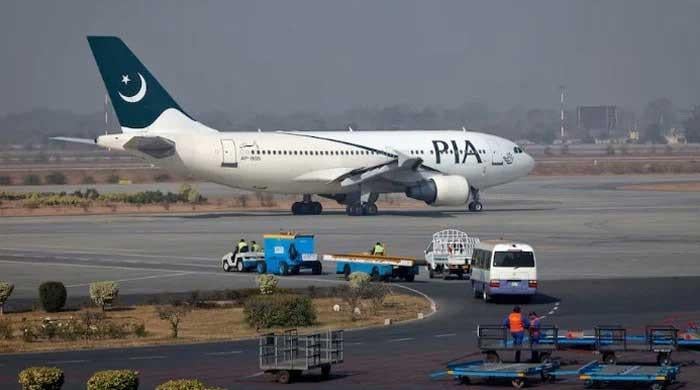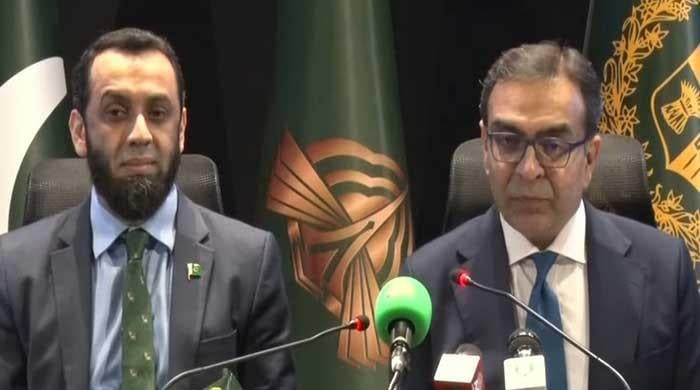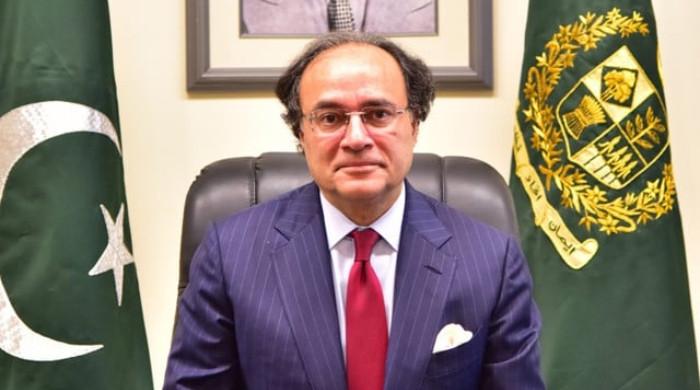State Bank of Pakistan maintains policy rate at 7%
Monetary Policy Committee (MPC) decides to maintain policy rate at 7% for the next two months
July 27, 2021
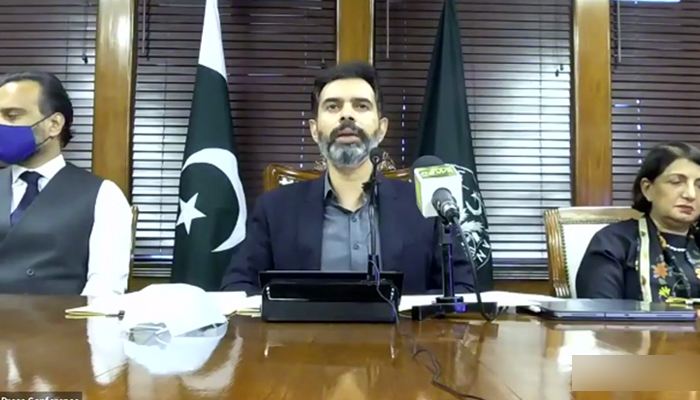
- MPC decides to maintain policy rate at 7% for the next two months.
- MPC considers key trends and prospects while taking decision.
- Reza Baqir says the policy rate is lower than the inflation rate.
The State Bank of Pakistan has decided to maintain the policy rate at 7% for the next two months, the central bank's governor, Dr Reza Baqir, announced on Tuesday.
"At its meeting on 27th July 2021, the Monetary Policy Committee (MPC) decided to maintain the policy rate at 7%," the SBP said, in a statement issued after the committee's meeting.
In reaching its decision, the MPC considered key trends and prospects in the real, external, and fiscal sectors, and the resulting outlook for monetary conditions and inflation.
Baqir, addressing a press conference along with SBP officials, said that this is the fifth consecutive time that the central bank has decided to maintain the policy rate.
He said that the policy rate is lower than the inflation rate. "Economic experts term this a negative interest rate," he said.
"The reason for keeping the real interest rate negative is a focus on growth," the SBP governor said.
Baqir said that Pakistan's current account deficit is the lowest it has been in the last 10 years.
Meanwhile, the SBP's statement said since its last meeting in May, the MPC was encouraged by the continued domestic recovery and improved inflation outlook following the recent decline in food prices and core inflation.
Consumer and business confidence have risen to multi-year highs and inflation expectations have fallen, the statement said, adding as a result of these developments, growth is projected to rise from 3.9% in FY21 to 4- 5% this year, and average inflation to moderate to 7-9% from its recent higher out-turns.
"Imports are expected to grow on the back of the domestic recovery and rebound in global commodity prices, albeit more moderately than in FY21," the statement said.
The MPC noted that the market-based flexible exchange rate system, resilience in remittances, an improving outlook for exports, and appropriate macroeconomic policy settings should help contain the current account deficit in a sustainable range of 2-3% of GDP in FY22.
"Notwithstanding this moderate current account deficit, the country’s foreign exchange reserves position is expected to continue to improve this year due to adequate availability of external financing," it said.
Against this backdrop, the MPC felt that the uncertainty created by the ongoing fourth COVID-19 wave in Pakistan and the global spread of new variants warrants a continued emphasis on supporting the recovery through accommodative monetary policy.
Looking ahead, in the absence of unforeseen circumstances, the MPC expects monetary policy to remain accommodative in the near term.
If signs emerge of demand-led pressures on inflation or of vulnerabilities in the current account, the MPC noted that it would be prudent for monetary policy to begin to normalise through a gradual reduction in the degree of accommodation.
"Pakistan’s economic recovery continues, driven by industry — particularly large-scale manufacturing and construction — and services," it said.
Several high-frequency indicators show strong year-on-year growth including fast-moving consumer goods (FMCG) sales, steel production, cement sales, POL sales, and electricity generation, it noted.
The statement said the recent month-on-month deceleration witnessed in some indicators is mainly seasonal, and in the case of automobile sales was compounded by delayed bookings in anticipation of supportive measures in the FY22 budget.
Notwithstanding the upswing in activity, capacity utilization in manufacturing is still below its peak levels during FY16-18, and services sector activity has not yet fully returned to normal due to intermittent mobility restrictions, it added.
In FY22, growth is expected to pick up further, supported by measures announced in the budget, accommodative monetary conditions, and disbursements under the SBP’s TERF facility for investment and other refinance facilities, the statement said.
"Key budgetary measures include increased development spending and reduced regulatory duties, custom duties, FED, and sales tax on the import of raw materials and capital goods," it said.
These measures will directly benefit construction and allied industries, as well as export-oriented industries, the statement said.
"Agricultural growth is also expected to contribute favorably despite reported water shortages at the start of the sowing period of Kharif crops," it said.
The statement said the key downside risk to growth stems from the resurgence of COIVD cases associated with new strains of the virus both globally and domestically, amid still-low vaccination rates.
"For FY21 as a whole, the MPC noted that Pakistan’s external position was at its strongest in several years," the statement said, adding: "In line with SBP projections in March 2021, the current account deficit fell to only 0.6% of GDP. "
This is the lowest current account deficit in 10 years, supported by all-time high exports and remittances. SBP’s FX reserves rose by $5.2 billion during FY21 to end at over $17 billion or around three months of imports, a 4-and-a-half-year high, it said.
The MPC noted that there were good reasons to expect that, unlike several previous growth upturns in Pakistan, the current economic recovery would be accompanied by external stability, it said.
Imports this year are expected to be more skewed toward machinery rather than consumption compared to FY17, and machinery imports are projected to be better distributed across sectors than in FY18, when power and telecommunications dominated, it added.




